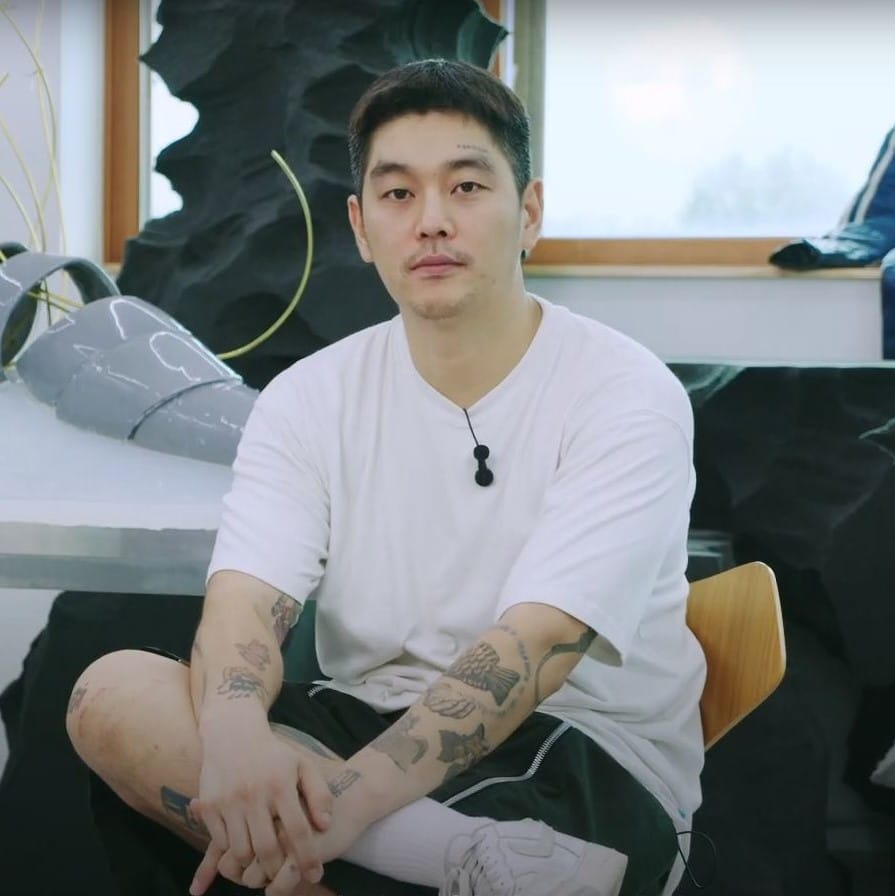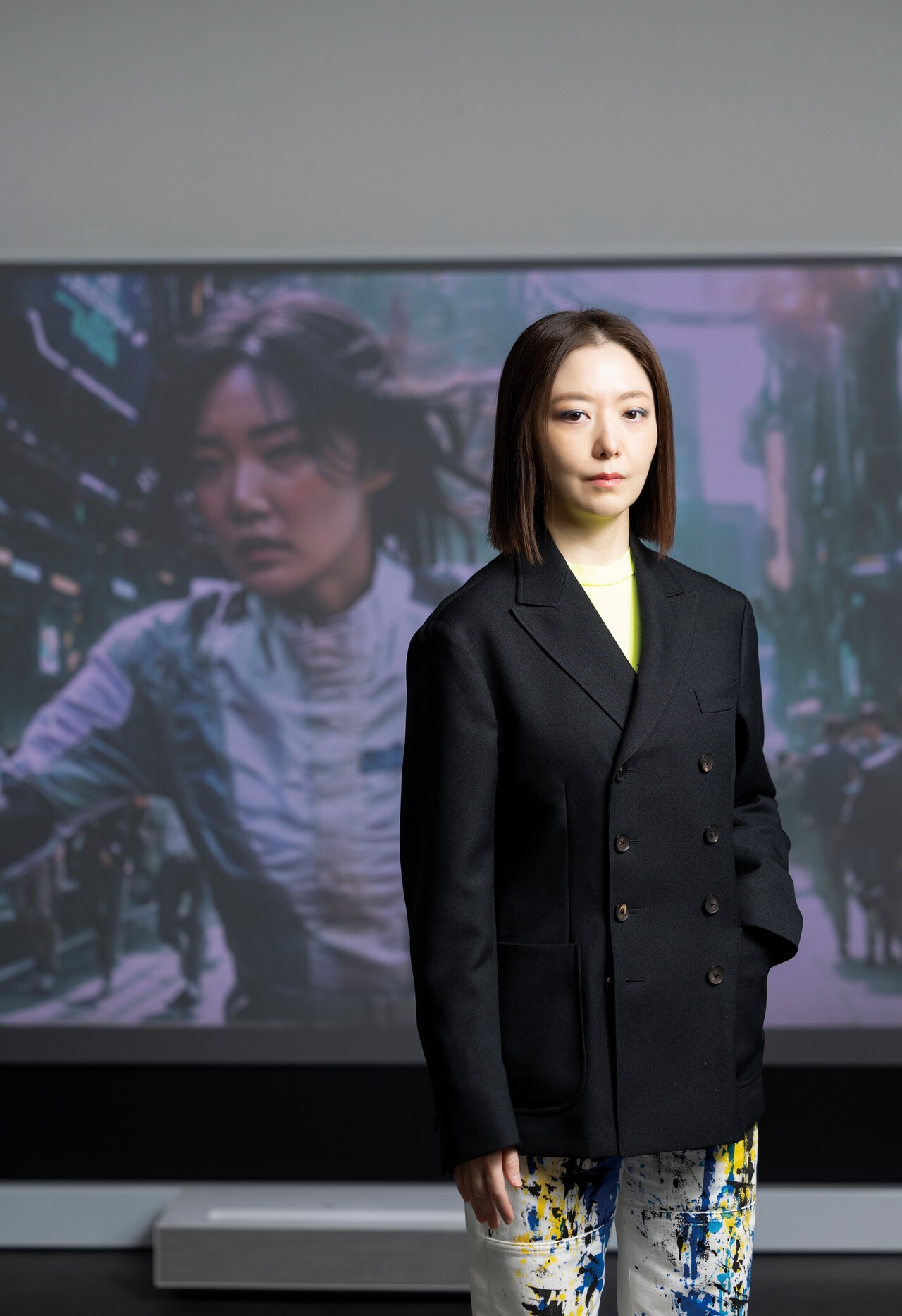Definition of Museums
A museum is a public or private institution that exhibits, preserves, and studies art, fulfilling educational purposes. The term originates from the ancient Greek 'Museon,' which referred to a space for studying and displaying art and science. Modern museums go beyond merely housing artworks; they function as cultural hubs that reflect the present and envision the future. Through exhibitions, museums introduce art to the public and provide educational programs to enhance understanding and accessibility to art. Additionally, museums play a crucial role in protecting cultural heritage through scholarly research and conservation activities, ensuring the historical and cultural value of art is passed down to future generations.
History of Museums
The history of museums dates back to ancient civilizations, initially starting as spaces for displaying private collections. During the Renaissance, art collected by powerful nobles or royalty began to be more widely exhibited. For instance, the Uffizi Gallery in Florence was established in the 16th century to display the Medici family's art collection. By the 18th and 19th centuries, public museums began to be established across Europe, serving educational purposes and making art accessible to the general public. Notable examples include the British Museum, founded in 1753, and the Louvre Museum, established in 1793. In modern times, museums have strengthened their roles as cultural centers for local communities and function as global cultural exchange hubs.
Categories of Museums
Museums can be categorized based on their founding bodies and the nature of their exhibitions:
- National Museums: These are established
and operated by the state to preserve and exhibit important national
cultural assets. Examples include the National Gallery in the UK and the
National Gallery of Art in the USA.
- Public Museums: Founded by
local governments or communities, these museums aim to promote regional
culture. The San Francisco Museum of Modern Art (SFMOMA) is an example.
- Private Museums: Established
by individuals or private organizations, these museums often focus on
specific collections or highlight particular artists. The Solomon R.
Guggenheim Museum is an example.
- Contemporary Art Museums: These
museums exhibit contemporary artworks, reflecting current art trends and
introducing emerging artists. Examples include the Museum of Modern Art
(MoMA) in New York and Tate Modern in London.
- Specialized Museums: These museums focus on specific art genres or themes, such as photography or sculpture. Examples include the International Center of Photography and the Henry Moore Foundation.
Roles of Museums
Museums serve various critical roles in preserving culture, educating the public, and fostering cultural exchange. Their main roles include:
- Preservation and Research: Museums preserve artworks and conduct research to
interpret and document their historical and cultural contexts. This role
often includes restoration work on the artworks.
- Education: Museums
provide diverse educational programs to the public, fostering artistic
sensitivity and creativity. These programs include art workshops,
lectures, and guided tours.
- Exhibition: Through
various planned and permanent exhibitions, museums introduce artworks to
the public, offering direct experiences with art that enhance
understanding and appreciation.
- Cultural Exchange: As centers
of cultural dialogue and exchange, museums host various social and
cultural activities, contributing to the formation of cultural identity
within communities. They promote global cultural exchange through
international exhibitions and collaboration programs.
- Economic Role: Museums are closely linked to the art market, playing a pivotal role in shaping perceptions of artists and artworks. Additionally, as tourist attractions, museums contribute to the local economy.
Through these diverse roles, museums function as vital cultural institutions in modern society, contributing to the preservation and dissemination of human creative heritage through art.































